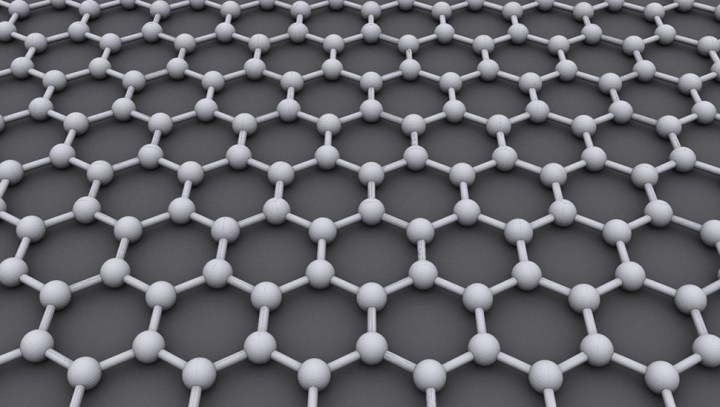
That may soon change, though, thanks to a team of engineers at the University of Exeter’s Centre for Graphene Science, who have developed a method that could mean cheaper and easier graphene production. A paper describing their process was published online last week in the journal 2D Materials.
Conventional graphene production methods entail a number of steps, such as growth, transfer, and patterning. In the new method, the researchers consolidated some of these steps to produce functional graphene-based devices that can be transferred directly to substrates like plastics or textiles.
“We wanted to both simplify the production process for graphene devices in general and increase the range of surfaces that we can put graphene devices on,” professor of engineering David Wright, a co-author of the paper told Digital Trends. “Since, in our method, we make complete devices on the copper foils used in the graphene growth process, we can transfer these complete devices to any suitable surface.”
As the graphene is grown using the traditional method of chemical vapor deposition (CVD), Wright said the graphene produced using his team’s method is of comparable quality to that grown conventionally.
In order to demonstrate this quality, the researchers developed and tested an “all-graphene” humidity sensor. “[It] worked better than a conventional humidity sensor,” Wright said. “Our sensor was also completely transparent, flexible — it was on a plastic film — and very cheap to produce.”
If the new process proves as efficient at an industrial scale as it did in the lab, it may shepherd a revolution in graphene production, which Wright thinks could see the material advance devices from smart screens to sensors.


